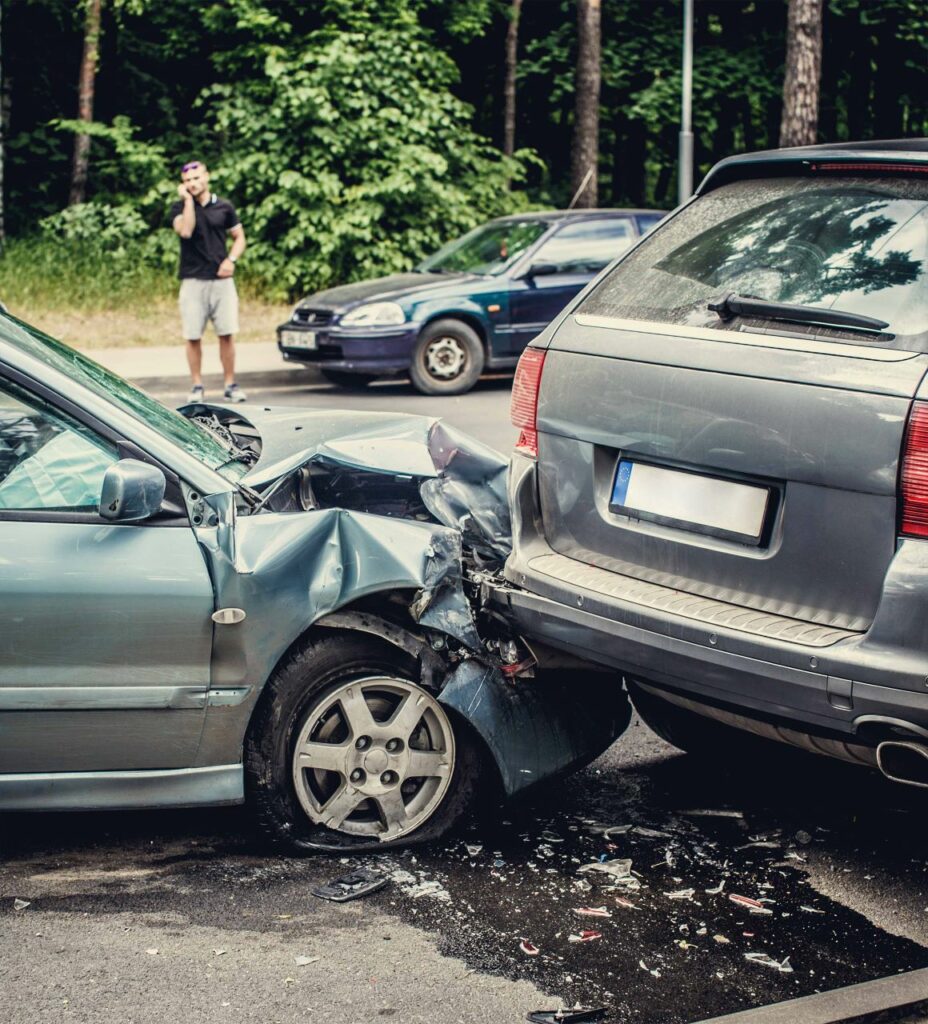Around 12 million vehicles are involved in collisions in the U.S. every year. While some of these car accidents may only result in vehicle damage, a considerable number cause serious injuries and even death.
To understand the risk of accidents and improve road safety, it’s important to identify the factors that are associated with collisions. According to the National Motor Vehicle Crash Causation Survey (NMVCCS), there can be a variety of critical reasons which lead up to an accident.
What Is a “Critical Reason”?
These critical reasons are recorded as the event that occurs directly before the crash, but not as the definitive case of the crash. They can play a significant role in determining why the accident occurred.
The NMVCCS identifies four types of critical reasons that precede a collision: driver-related, vehicle-related, environment-related, and unknown. It was estimated that driver-related critical reasons are present in around 94% of the collisions studied under the survey, with vehicle, environmental and unknown critical reasons accounting for a total of only 6% of incidents.
As driver-related critical reasons are so common, they can give important insight into what happens in the lead-up to a collision. While a driver-related critical reason doesn’t necessarily indicate that the driver is responsible for the collision, it can help us to understand why human error is related to so many road traffic accidents.
Here is a closer look at the most common driver-related critical reasons:
Driver-Related Critical Reasons
According to the NMVCCS, driver-related critical reasons preceding a vehicular collision can be separated into five categories:
1. Recognition Error
Recognition errors were determined to be the most common type of driver-related critical reason. They accounted for 41% of the incidents. A recognition error can occur for a variety of reasons. These can include such the driver’s attention being drawn away from the road or inadequate surveillance of risks. Drivers that get into accidents after being distracted by their phone fall into this category.
2. Decision Error
A decision error occurs when a driver interprets data incorrectly or makes an assumption that turns out to be incorrect. If a driver assumes it’s safe to drive on an icy road, only to skid and collide with another vehicle, for example, their decision may be a contributing factor to the crash. According to the NMVCCS, decision errors accounted for 33% of driver-related critical reasons.
3. Performance Error
Performance errors are related to the driver’s control of the vehicle. They are a factor in around 11% of driver-related critical reasons. Overcompensating for a bend in the road, misuse of the brakes or oversteering could be a performance error.
4. Non-Performance Error
Another 7% of driver-related critical reasons are the result of a non-performance error. This usually means the driver is incapacitated when driving. This can include when a driver falls asleep at the wheel or is impaired due to a medical emergency.
5. Other
If a driver-related critical reason does not fit neatly into one the above four categories, it is recorded as ‘other’. Based on the data presented by the NMVCCS, approximately 8% of driver-related critical reasons fell into this category.
Dealing with the Aftermath of a Car Accident
Immediately following a car accident, you’ll want to ensure that everyone receives needed medical attention. This may mean calling the emergency services. Even if no one appears to be seriously injured, it’s still important to visit a doctor to check for any harm. In addition to this, the incident will need to be reported to the police and the road cleared of debris.
Afterwards, you may begin to think about the damage to your vehicle. Effective collision repair can restore your vehicle to good working order to help keep you safe in future. If your insurance policy covers the cost of repairs, you may also be eligible to use a courtesy car while you wait for the work to be completed.
Any type of road traffic accident can have physical, emotional, and practical effects, so don’t be surprised if it takes time to process the situation. By getting the help you need from the right sources, you can get yourself and your car back into top condition.

